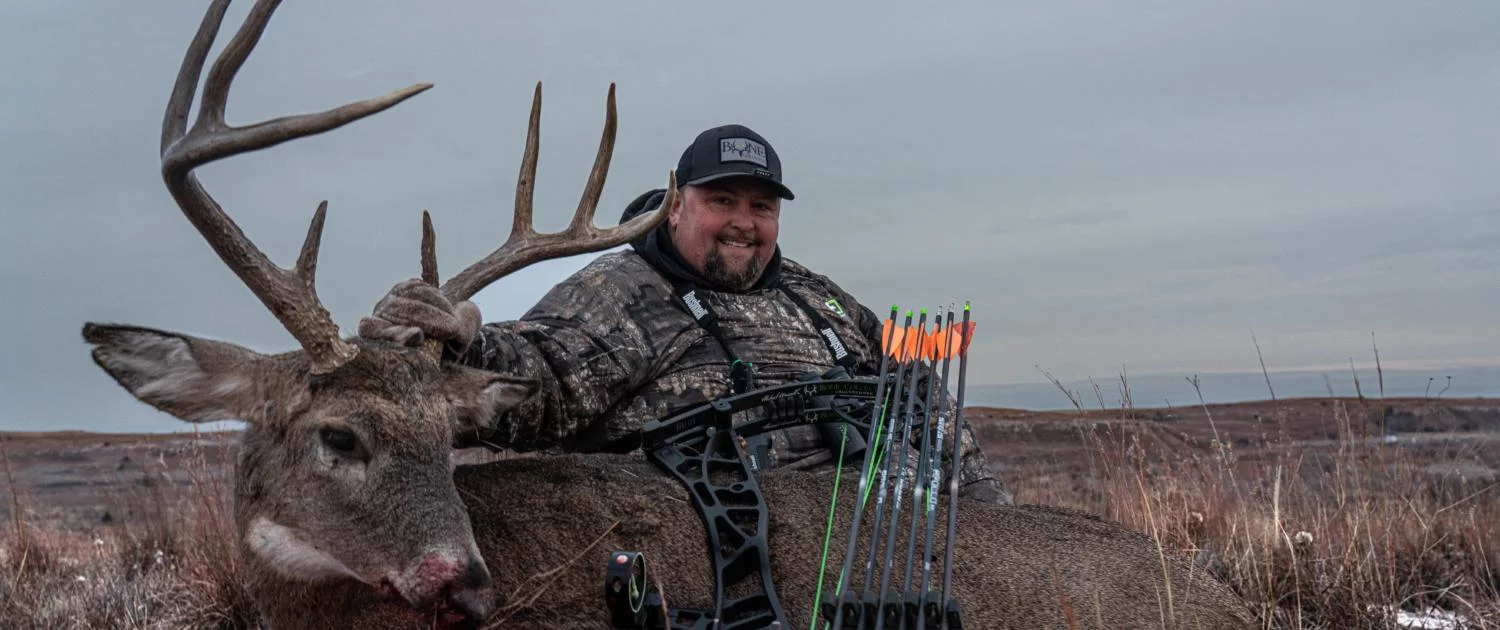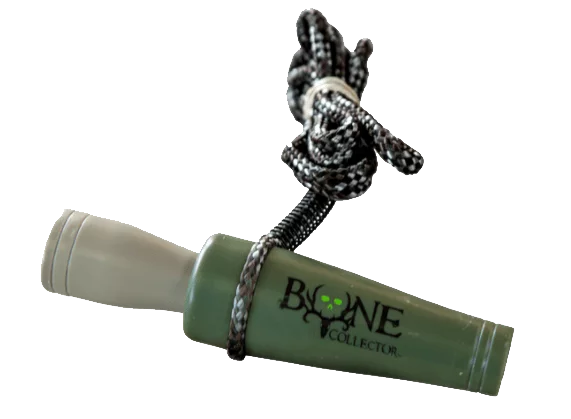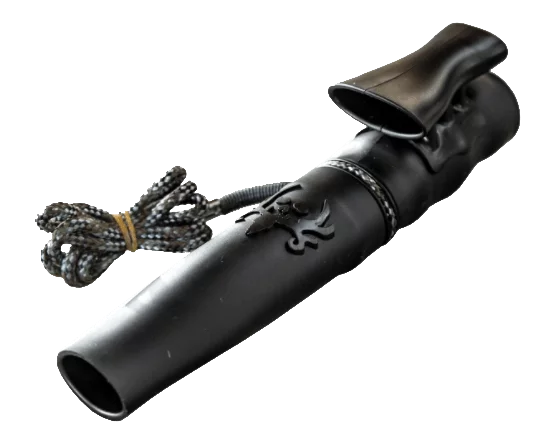Pros and Cons of Post-Rut Deer Calls
There’s something special about hunting each phase of the rut, from the anticipation of seeing early season scrapes to the intense action during the peak rut. But as you head into the post-rut hunting season, the pressure tends to build a little. After all, if you’re still hunting the post-rut, that probably means you haven’t filled your tag yet. And the hunting season clock just keeps ticking, doesn’t it? So if you’re still sitting there with a tag burning a hole in your pocket, it’s probably time to pull out all the stops. And post-rut deer calls might be just the thing you need to lure a mature buck out of his late season hidey hole. As long as you use the right calls the right way.
Whitetail Calls
During other parts of the season, there are several types of whitetail calls you can use to attract deer within shooting range. All of the deer hunting calls below have a place any time from the early season to the peak rut, depending on how you use them. During these phases of the hunting season, you can expect to see lots of uneducated fawns, mature deer that are not spooked yet by hunting activities and human presence, and bucks that are feeling ambitious about their chance to breed. In other words, the odds are all in your favor.
- Buck grunt tubes
- Doe bleats/can calls
- Rattling antlers
- Fawn bleats
- Snort wheeze
Post-Rut Deer Calls
But post-rut whitetails are a different kind of creature than their early season selves. They have chased and bred does, fought with other bucks, and flat wore themselves out (losing up to ¼ of their body weight in the process). Most of the does have probably been bred already, so there’s not a lot of chasing happening (although there’s something to be said for secondary ruts; see below). They have also likely been stalked, harassed, and shot at multiple times, which makes them pretty wary to humans or human activity. This combination can make them challenging to hunt.

But luckily, the changing weather conditions force whitetails to seek thermal cover (i.e., thick vegetation like spruces, cedar thickets, or dense grass cover) and food more regularly, which makes them a little bit easier to pattern than their unpredictable peak rut versions. This can help you get into the right locations to make calling more effective. Here are some of the best post-rut deer calls you should be using, and how you should do them to attract a whitetail this time of year.
Doe Bleat
As we mentioned, the peak rut is done at this point. But if you hunt an area with a skewed doe:buck ratio, there are still probably some unbred does around, and a mature buck is unlikely to pass that opportunity up. The secondary rut generally occurs about a month after the peak rut (e.g., sometime in early to mid-December across much of the Midwest), so this would be a great time to use this deer call. Since bucks are focused on rest and recuperation in the whitetail post-rut, try setting up in a pinch point or funnel between dense bedding cover and food. A thick plantation of spruce and grass cover in between offers great protection from the elements, and a corn or turnip field is tough to beat for winter food. Set up on the downwind side of this funnel and prepare to call.
A well-done doe bleat can attract both does and bucks, which makes it great in terms of post-rut deer calls. But don’t overcall – that’s a common mistake many hunters make even when the deer are more receptive to it, and it can drive a wise whitetail away during the post-rut. At the very most, produce two or three bleats every one to two hours. Then put it away and keep an eye on your downwind side to catch a buck sneaking in to scent check the area. The one time you might call more is if you can see a buck responding to your doe call, but he gets side-tracked. Then try hitting him with the doe bleat again to keep his interest. The Bone Collector Doe Bleat is a great call to produce lifelike estrous bleat sounds.

Snort Wheeze/Rattling
First, full disclosure: the snort wheeze and rattling bag post-rut deer calls might not be your best bet if you hunt heavily pressured public lands or areas with a younger buck age structure. Frankly, they’re pretty aggressive calls and might chase younger bucks off (after getting their rears handed to them during the peak rut from any mature bucks). Also, deer might be so used to hunters using them in pressured areas that they know just to walk away. But if you’re lucky enough to hunt a private property or remote public lands parcel, a snort wheeze or rattling antlers can both be deadly even during the post-rut.
While bucks are more worn out this time of year vs. the primary rut, a mature whitetail will not generally tolerate a direct sign of aggression toward them, and they will usually investigate to see which two bucks are fighting in the area. When you add a doe bleat into the mix, it can really grab a buck’s attention. The Bone Collector Challenger call offers both a buck grunt tube and snort wheeze tube – two calls in one. Combine this call with the Bag-o-Bone rattling bag for a lifelike simulation of two fighting bucks.

Because you don’t want to overcall, here’s a good sequence to use for your post-rut deer calls. When you haven’t seen any deer all day, try making a couple soft doe bleats, and add some short, tending buck grunts to simulate a chasing buck. Try this calling sequence near a winter food plot or ag field back in some thick cover. Bucks will probably be bedded close to the food in the post-rut, so you should be within earshot and grab their attention. When a buck is responding and heading your way, put the calls down – calling again could spook him and ruin your chance. But if you get a buck in sight that won’t commit any further after hearing your bleats and grunts, try doing a snort wheeze to challenge him. It’s a bit of a 50/50 scenario – he might respond right away or he might walk off. Either way, hunting the post-rut has its challenges, but its rewards can be mighty nice too.



